RV lighting is actually a very large and far reaching topic covering many areas and types of lights. Many of these lights are specialty lights just for RV’s.
In an RV (recreational vehicle) the lighting system is a 12V DC lighting system. That is really awesome because it means that you can take advantage of the automotive market for lighting and innovation for RV’s.
In my first article about an RV porch light I really have started to appreciate the idea of lighting in an RV.
LED lights make sense for RV’s (and boats, motorcycles, and cars)
First, without being technical, LED’s (which stands for light emitting diode) are a low voltage device. That means they don’t fit well (yet) for houses which are 120V. They have them, but the bulbs have to have extra circuitry to lower the voltage to the LED’s. But for car, auto, truck, motorcycle or RV’s which are 12 Volt systems, LED’s are a much better fit.
Also, LED’s are a DC (direct current) type of device while homes are an AC type of device. While this is a gross oversimplification, you can think of something running on a battery as DC (again cars, RV’s) and the home as something different. LED’s work best with DC systems. So again, another great fit.
While the green revolution is important for homes, mobile devices like cars, trucks, motorcycles and RV’s car about fuel conservation so green is even more important. In fact in an RV, when you are camping on a generator or WORSE, on a battery, you care very, very much how long you can operate. That means that lighting that takes less energy is much more important. A reasonable ESTIMATE of the efficiency of LED lighting is that it is roughly 2-4 times more efficient than incandescent (this is changing) lighting and the numbers are all over the map. I’ll try to decode in this article and later articles. By efficiency I mean “how much light you get” in exchange for “how much power you consume”.
LED’s operate much cooler than regular lights (called incandescent lights) so you’ll get less heat which is pretty handy in the summers – particularly in the south.
Lighting Types for RV’s
I’d like to list all the different areas that lighting is used in an RV and I think it will surprise you how many different lighting applications exist with an RV. Specifically, I’m going to focus on towable RV’s like fifth wheels or travel trailers, but much of what I’m listing can also apply to Class A Motorhomes or Class B and Class C as well.
Here is the list for RV lighting and what I believe are the best types of lights for each system :
- exterior rv lighting applications
- running lights – I think of these as the lights that are on during the day. This only applies to Class A, B, or C as this the same as daytime running lights and really is the same as headlights.
- clearance lights – These would be the lights at the top rear of the RV and along the tops of the RV along the sides. The idea behind these is to give an idea of the extents of your RV so that people understand it is a large vehicle and know its boundaries
. You will save energy, and have a more rugged light you can probably replace once and never again for the life of the vehicle.
- brake lights – These are the lights that turn on when the brakes are applied. Typically these are in the same housing as the tail lights, but are additionally applied so the drivers behind you know when you are reducing your speed, maybe even rapidly.
- tail lights – These are the standard lights on the rear of the vehicle that let people know you are there. This is another great candidate for replacement with an LED. One thing that makes this application great is that you want all the light to be aimed at the vehicle straight behind you and LED’s are great for that.
- turn signal lights – These are the lights that you see that blink yellow (generally) when you are making a corner. A great candidate for replacement with an led turn signal – even more so since LED’s can be used to make an “arrow” shape and actually animate to help notify the vehicles behind you.
- reverse or backup lights – My RV (a towable has these). They don’t make a great deal of sense on an RV because you are so far away from the rear of the vehicle. But they would be a great indicator so that people know you are backing up.
- porch lights – This is the first light on my list that is not typically part of the “automative” lights package. You car does not have a porch. In the home, porch lights have typically been 120VAC lights that were incandescent or compact fluorescent. But the RV porch lights are 12V. Typically they are incandescent and utilize an automotive light bulb that uses a bayonet base
There are lots of these and you can get them at most auto parts stores (and Walmart, Target)is pretty easy to find. I’ve found that the porch lights use a yellow diffuser cover which is supposed to not attract bugs.
- flood lights – Basically a porch light with a white diffuser. Or at least that is how my RV is arranged.
- storage bay lights – These are lights that are in the RV storage bays so you can get your stuff at night.
- rope lights and other decorative area lights – you can’t really have an RV without making the outside look festive. This is a common lighting application and it deserves an article all by itself!
interior RV lighting applications
- recessed lighting – RV’s have almost all of the lighting you would find in a home, except it is DC. Our RV has small recessed bulbs that are DC. These are GREAT candidates for replacement with LED lights because they are more accent lights and they are meant to illuminate an area. This is one of the best applications.
- standard wedge style rv lighting
– This is the most common form of interior RV lighting. By my estimate we have around 40 of these in our RV. We have these old fixtures over our beds and in those applications, you could have a GREAT LED wedge style light replacement. Pay attention to the idea of having LED lights all the way around ( 360 degree lighting ) or just 1/2 way – which is the most common method.
- Here is an article on led lighting application for replacement of 921 wedge bulbs.
- reading lights (like above the bed) – a particularly good application for LED replacements. RV’s tend to have these built in.
- accent lights – These are the lights above the entertainment cabinet. One added advantage of using LED lighting here is that you can vary the colors and really add color and timing accents to your accent lights. Typically, these are halogen bulbs and I write about replacing halogen with led’s with a G4 base (I explain G4 in the article)
- under cabinet lights – Really an extension of the reading light theme but RV’s tend to have these installed already.
- night lights – We plug these into the AC outlets. These are not typically built into an RV. I don’t think these are a good or bad candidate for LED’s because night lights are already fairly low power consumption.
- flash light – You probably ought to have an LED flashlight sitting right by your door. I’ve noticed that for flashlights, the LED’s beat the old D-Cell flashlights hands down.
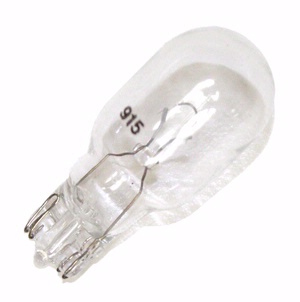
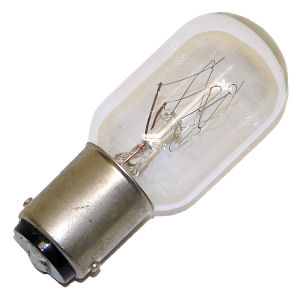
 24/7 Help
24/7 Help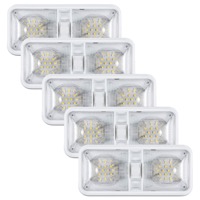

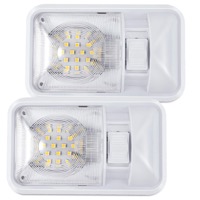
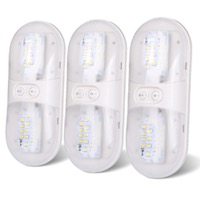
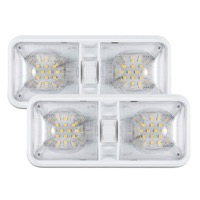
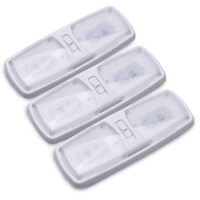
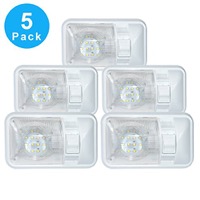
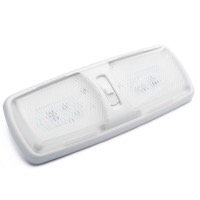
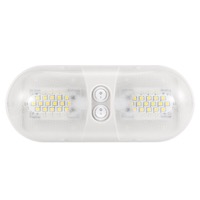

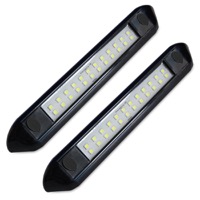
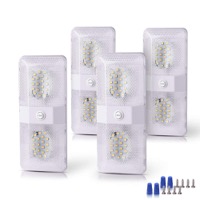

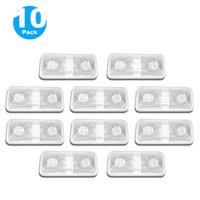




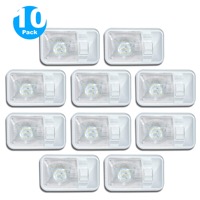

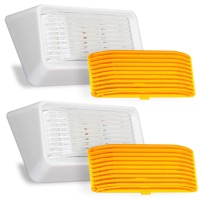
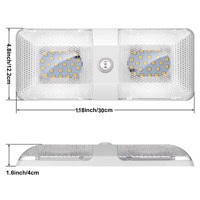






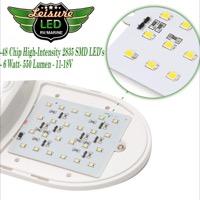

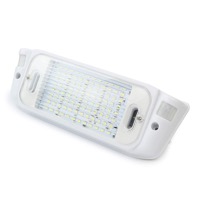
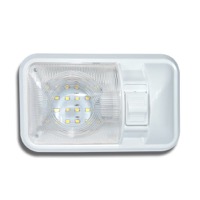






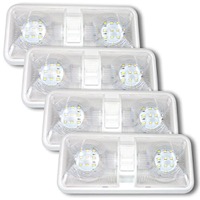


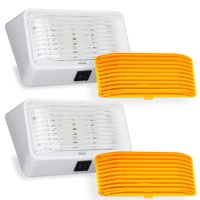


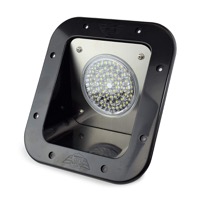



Leave a Reply